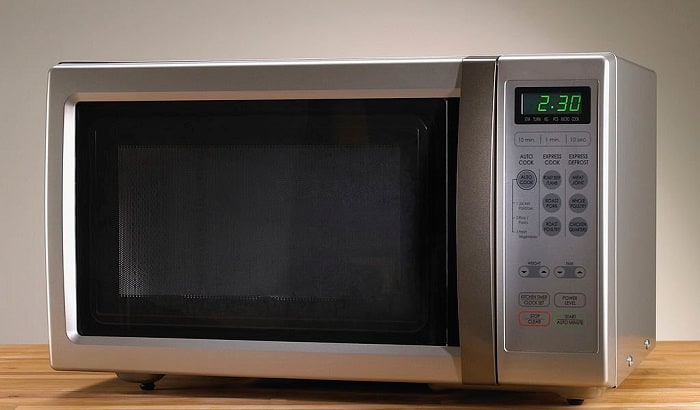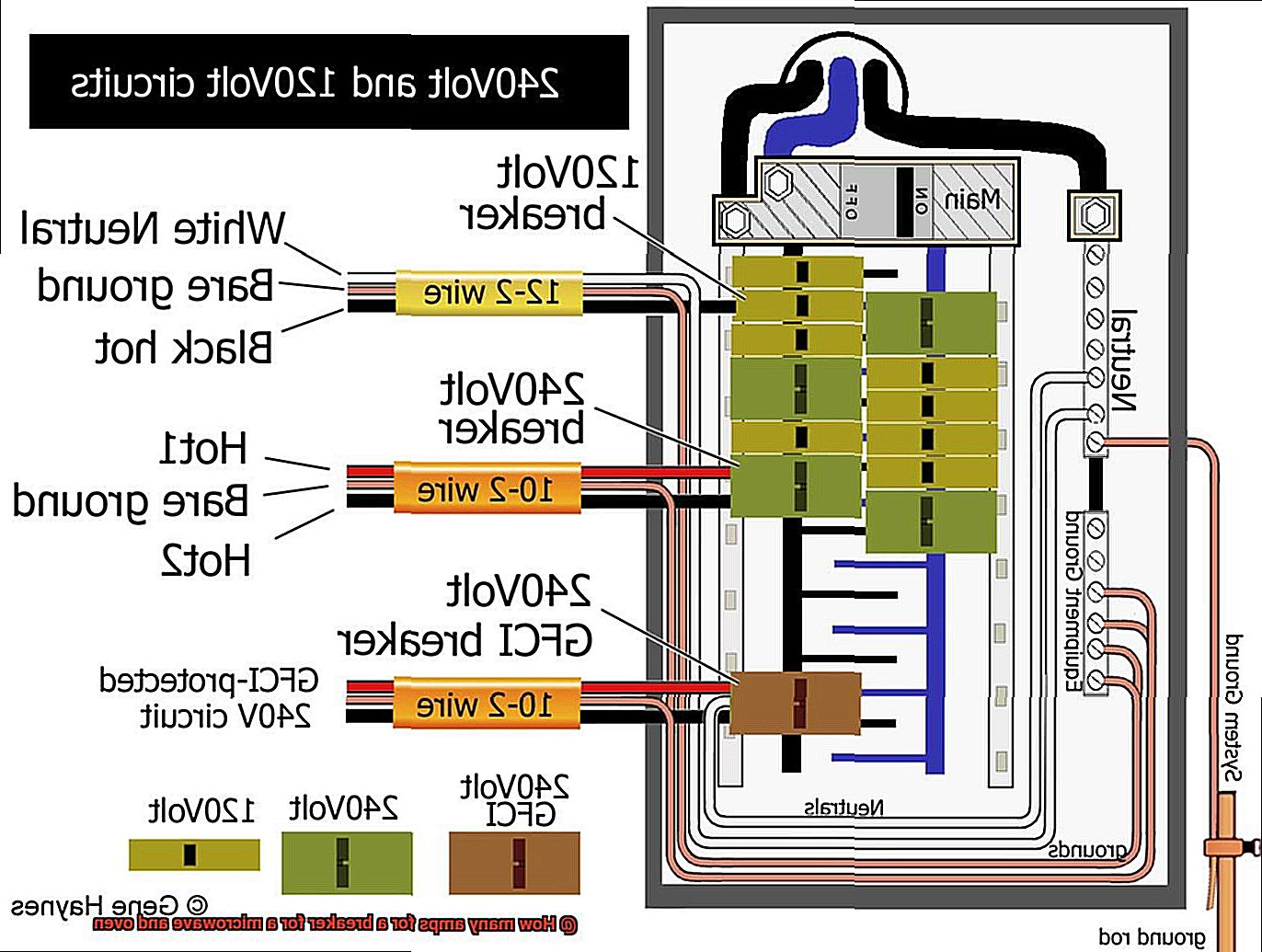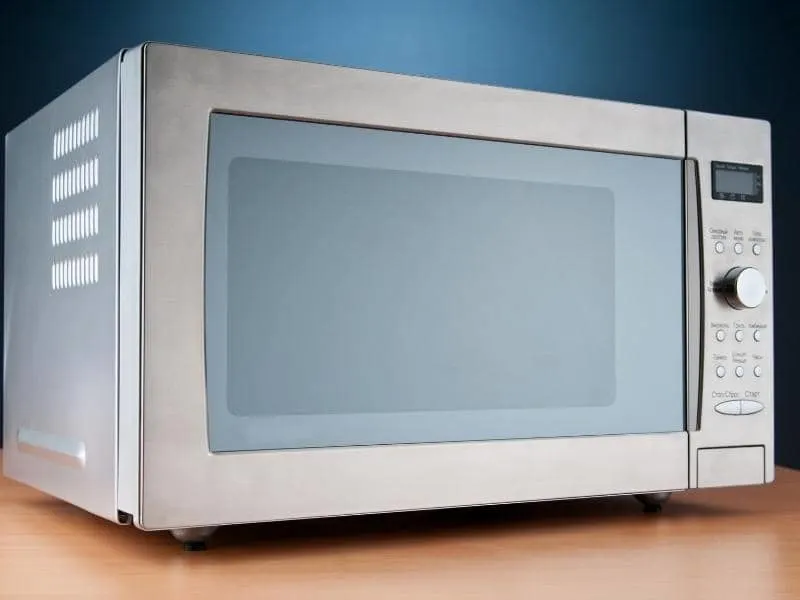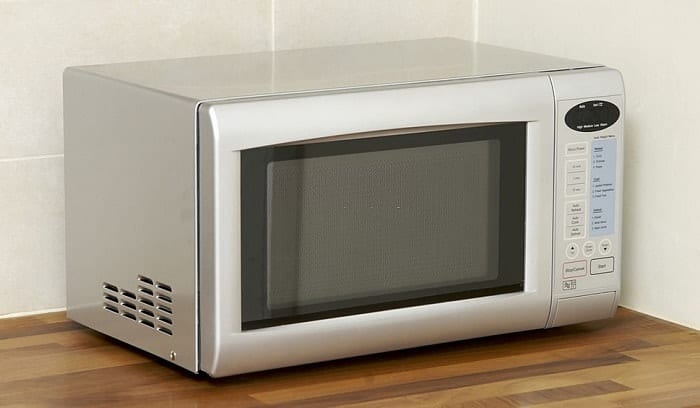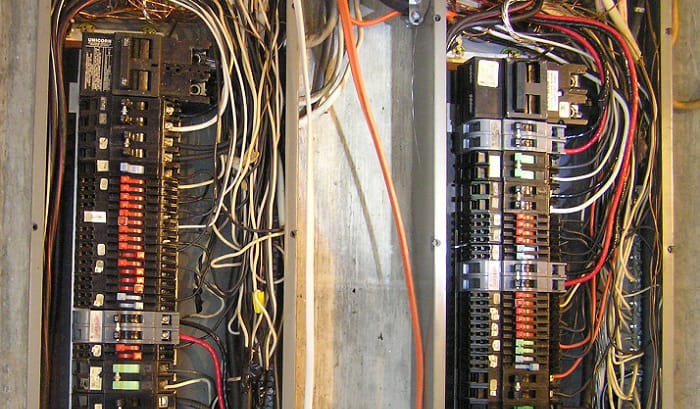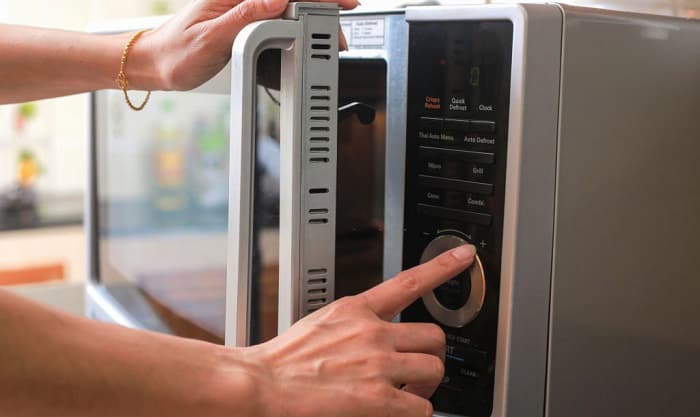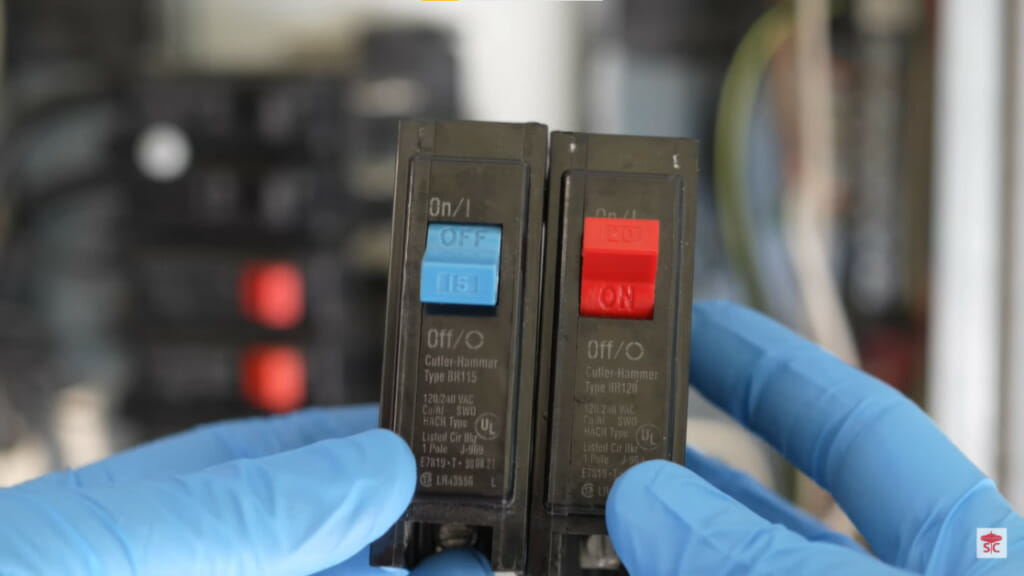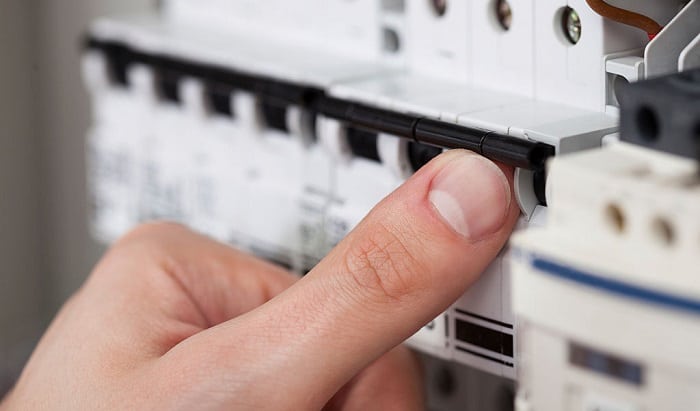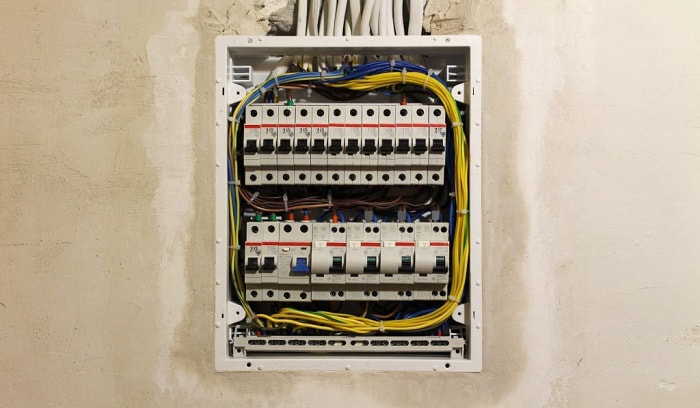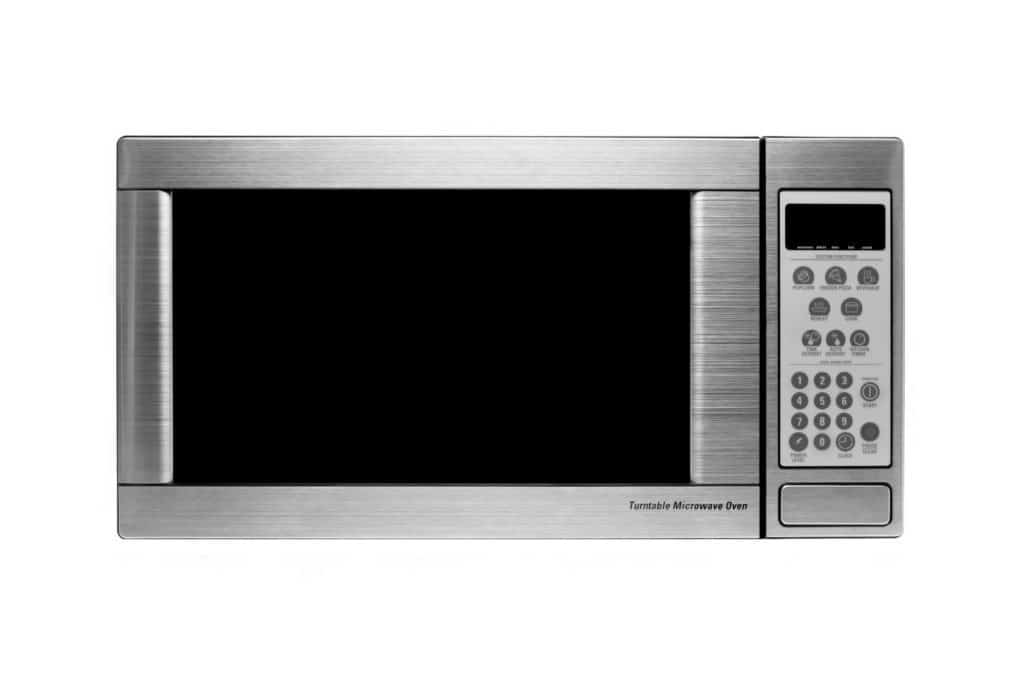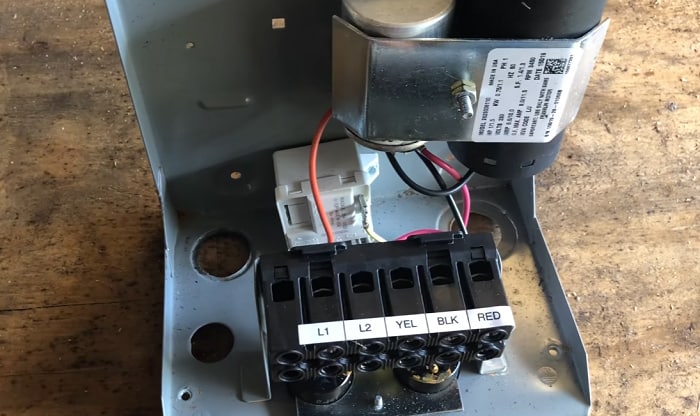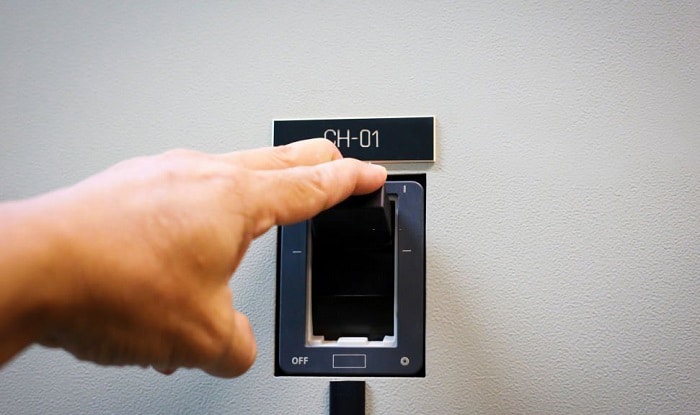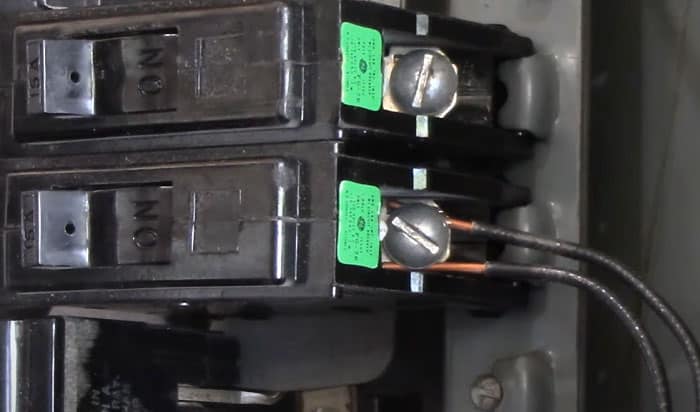What Size Breaker For A Microwave
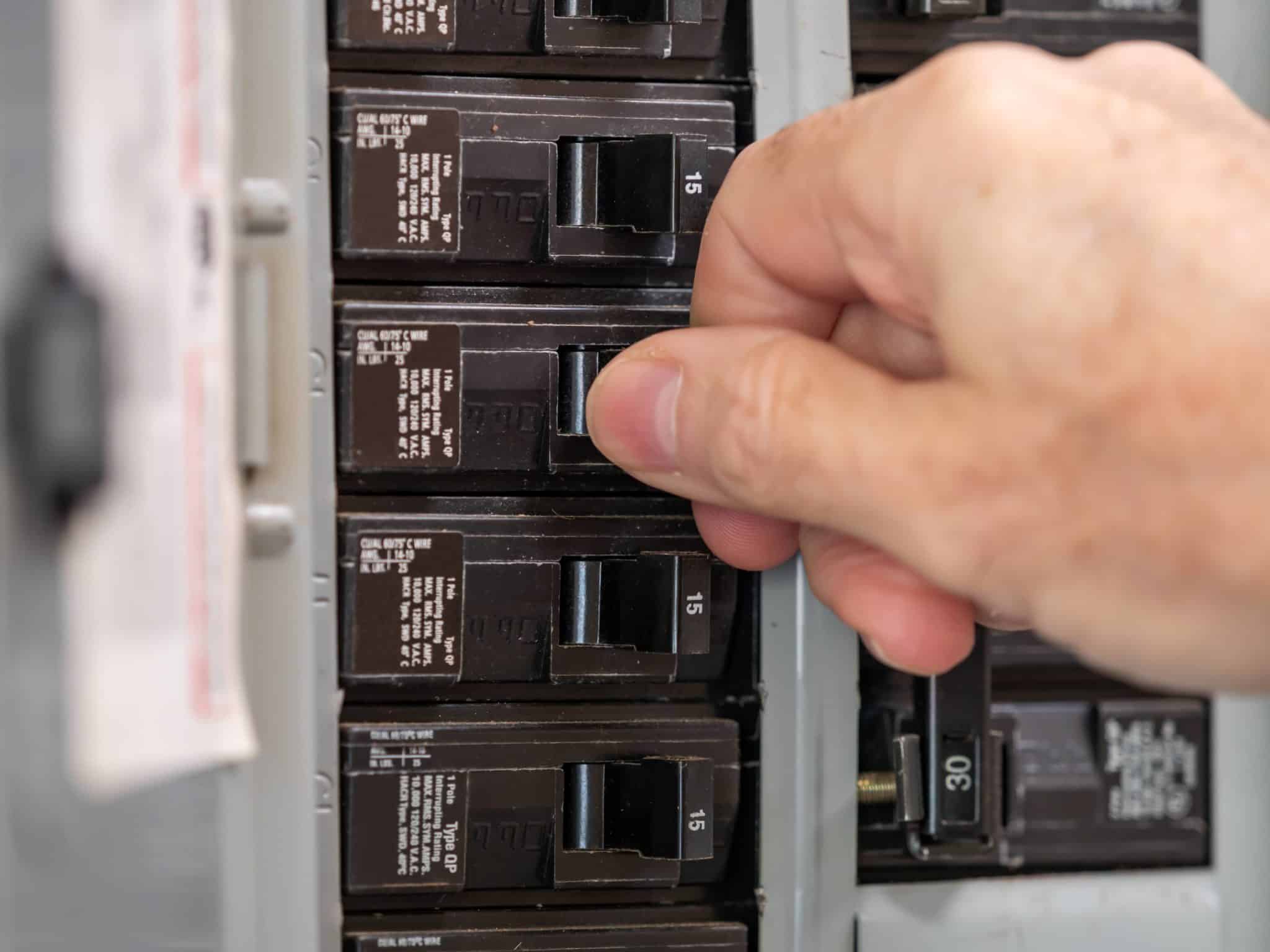
A seemingly simple household appliance, the microwave oven, often sparks confusion when it comes to electrical safety. Choosing the correct circuit breaker size is paramount, not only for efficient operation but also to prevent hazardous electrical overloads and potential fires. Misunderstandings about wattage, amperage, and circuit load can lead to dangerous situations, highlighting the need for clear guidance.
The appropriate circuit breaker size for a microwave oven is dictated by its wattage and the voltage of the electrical circuit. This determination directly impacts home safety and compliance with electrical codes. This article breaks down the factors involved, providing a comprehensive understanding of how to choose the right breaker and avoid electrical hazards.
Understanding Electrical Fundamentals
Before diving into microwave specifics, grasping basic electrical concepts is essential. Wattage (W) represents the power consumed by an appliance, while amperage (A) measures the electrical current flowing through the circuit. Voltage (V) is the electrical potential difference that drives the current.
These three are intertwined by a simple formula: Watts (W) = Volts (V) x Amps (A). In most North American homes, standard voltage is 120V.
Microwave Wattage and Amperage Requirements
Microwaves come in a range of wattages, typically from 600W to 1200W for standard household models. The wattage listed on the microwave's nameplate represents its power consumption.
To calculate the amperage draw, divide the wattage by the voltage. For example, a 1000W microwave on a 120V circuit will draw approximately 8.3 amps (1000W / 120V = 8.3A).
It's crucial to remember that this is a theoretical minimum. Microwaves, like many appliances with motors or heating elements, can draw significantly more current during startup.
Choosing the Correct Breaker Size
Electrical codes generally require that a circuit breaker be rated at least 25% higher than the appliance's continuous load. This buffer accounts for startup surges and prevents nuisance tripping.
For a 1000W microwave drawing 8.3 amps, a 15-amp breaker might seem sufficient at first glance. However, the 25% rule mandates a breaker capable of handling at least 10.4 amps (8.3A x 1.25 = 10.4A).
Therefore, a 15-amp breaker is generally considered the minimum acceptable size for a microwave of this wattage. For higher wattage microwaves, a 20-amp breaker might be necessary.
Dedicated Circuits: A Matter of Safety
Experts strongly recommend that microwaves be placed on a dedicated circuit. A dedicated circuit is one that serves only the microwave, preventing it from competing for power with other appliances.
Sharing a circuit with other devices, such as toasters or coffee makers, increases the risk of overloading the circuit and tripping the breaker. Overloads can also lead to overheating and potentially start a fire.
The National Electrical Code (NEC), a widely adopted standard for electrical installations, emphasizes the importance of dedicated circuits for appliances with significant power demands.
When to Consider a 20-Amp Breaker
Microwaves with a higher wattage, typically above 1200W, often require a 20-amp breaker. Check the microwave's nameplate for its wattage rating.
If the amperage calculated from the wattage exceeds 12 amps (after applying the 25% rule), a 20-amp breaker is the safer choice. Ignoring this recommendation could lead to frequent breaker tripping and potential electrical hazards.
Built-in microwaves, which tend to have higher power demands, almost always require a 20-amp dedicated circuit.
Professional Advice is Key
While this article provides general guidelines, consulting with a qualified electrician is always recommended. Electricians can assess your specific electrical system and ensure that the chosen breaker size is appropriate.
They can also verify that your wiring is adequate to handle the microwave's power demands. Using undersized wiring can create a fire hazard, even with the correct breaker size.
A professional electrician will also be able to determine if your home’s electrical panel can handle the addition of another appliance, considering the overall load.
Potential Consequences of Incorrect Breaker Size
Installing a breaker that is too small will lead to frequent tripping, interrupting microwave operation. This inconvenience is a minor issue compared to the risks of using a breaker that is too large.
An oversized breaker will not trip when the circuit is overloaded, allowing the wiring to overheat. This can melt the insulation and potentially ignite nearby flammable materials.
Using the wrong breaker size voids warranties on appliances and can also lead to insurance claim denials if a fire occurs.
Future Trends in Microwave Technology and Electrical Needs
As microwave technology advances, newer models may incorporate features that impact power consumption. Some high-end microwaves, for example, utilize inverter technology for more efficient power delivery.
Smart microwaves, with features like built-in Wi-Fi and advanced sensors, may also have slightly different electrical requirements. It's always important to consult the manufacturer's specifications for the specific model.
Furthermore, the growing adoption of smart homes and energy-efficient appliances may influence future electrical codes and recommendations. Staying informed about these changes is crucial for ensuring electrical safety.
Conclusion
Selecting the correct circuit breaker for a microwave oven is a critical aspect of home electrical safety. While a 15-amp breaker is often sufficient for standard models, higher wattage microwaves typically require a 20-amp breaker on a dedicated circuit. Always prioritize safety, consult with a qualified electrician when in doubt, and adhere to local electrical codes. By understanding these principles, homeowners can enjoy the convenience of their microwave without compromising their safety or their homes' electrical integrity.
